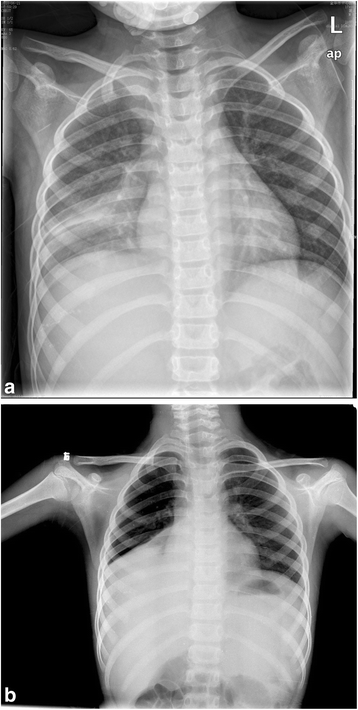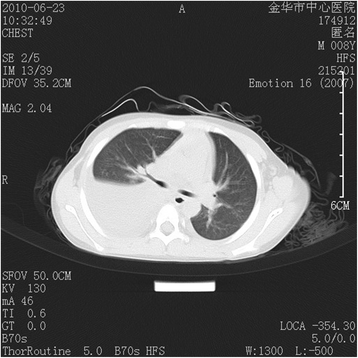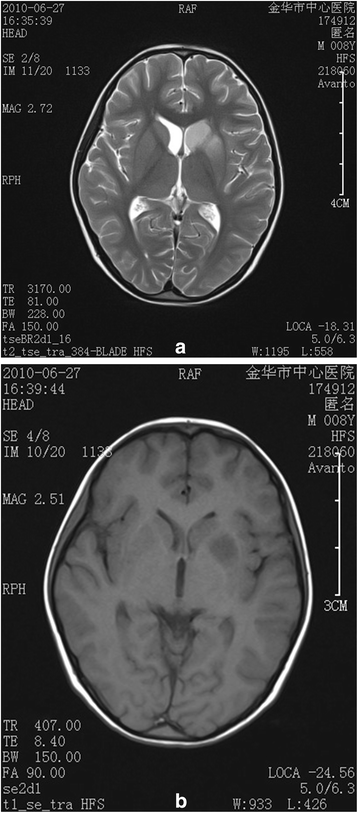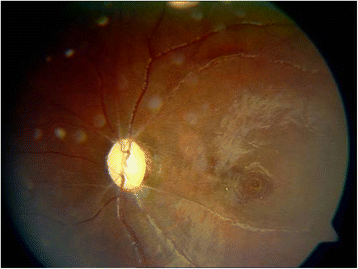Central retinal artery occlusion and cerebral infarction associated with Mycoplasma pneumonia infection in children
- PMID: 27938350
- PMCID: PMC5148912
- DOI: 10.1186/s12887-016-0750-3
Central retinal artery occlusion and cerebral infarction associated with Mycoplasma pneumonia infection in children
Abstract
Background: Central retinal artery occlusion (CRAO) is an arterial ischemic stroke, rarely occurred in children accompanied with asymptomatic cerebral infarction and almost never involved in severe pneumonia related to Mycoplasma pneumonia infection.
Case presentation: An 8-year-old boy with severe pneumonia related to Mycoplasma pneumonia infection that developed loss of vision in the left eye on the 14th day. No light perception and no pupillary reaction to light were found in the left eye. The fundus examination revealed a cherry red spot with severe retinal edema at the macular and peripapillary area, and the optic disc was pale in the left eye but normal in the right eye, suggesting CRAO in the left eye. No obvious neurological symptoms and signs were observed on presentation. Magnetic resonance imaging of the brain showed an abnormal signal of the left lentiform nucleus, caudate nucleus and within the temporal lobe, suggesting an acute cerebral infarction. The analysis of cerebrospinal fluid showed an increasing leukocyte count, but no any pathogenic microorganisms were found. His respiratory symptoms disappeared promptly after therapy, and the patient was discharged after 11 days later, but there was no light in the left eye 2 months after discharge.
Conclusion: M. pneumoniae infection could be developed the risk for cerebral ischemic stroke, including CRAO in children with severe pneumonia. CRAO is a devastating ophthalmologic event leading to a severe impairment of vision. Patients treated within about 6 h of vision loss had a better visual outcome after the onset of vision loss.
Keywords: Brain infarction; Central retinal artery occlusion; Children; Mycopasma pneumonia; Pneumonia.
Figures




References
Publication types
MeSH terms
LinkOut - more resources
Full Text Sources
Other Literature Sources

